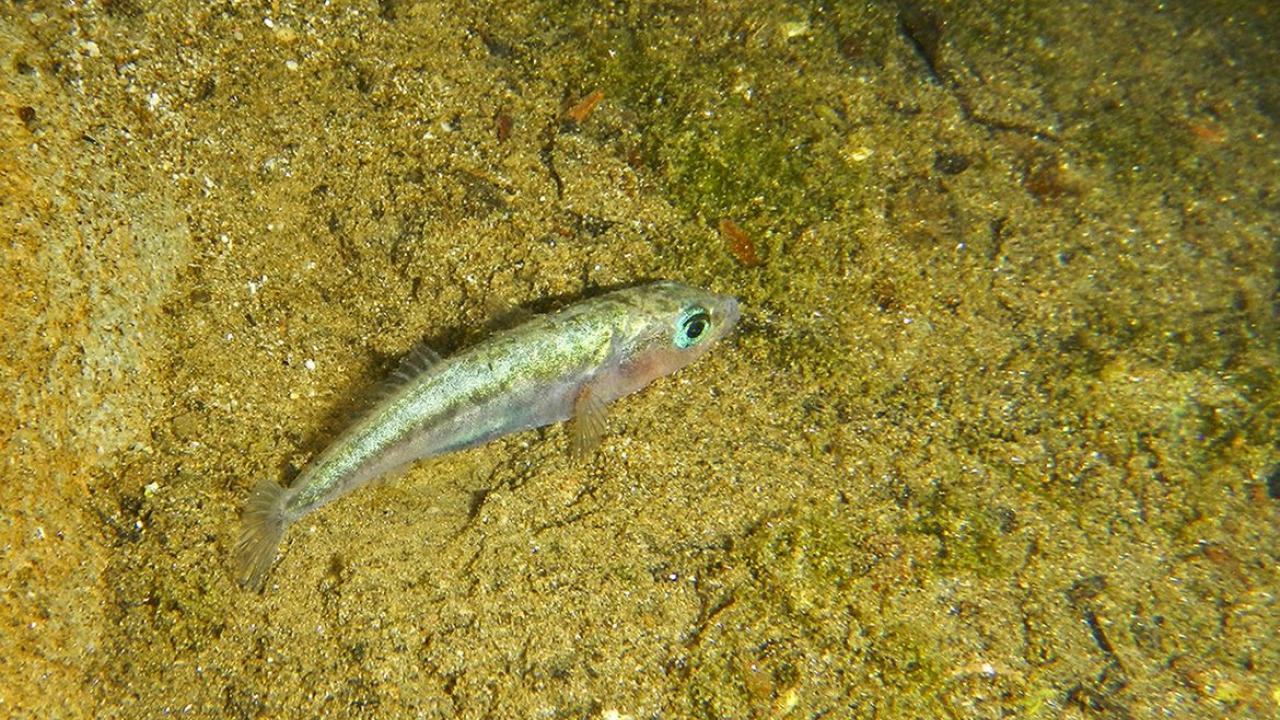The unarmored threespine stickleback fish has been on the endangered species list since 1970 and is still in peril. Now, a UCLA-led effort to sequence the fish’s genome has identified genetically distinct populations in Southern California that could guide measures to save the subspecies, such as using fish chosen for their genetic background to repopulate waterways in the Los Angeles Basin, where they once lived.
“Low-plate stickleback fish are doing well in coastal lagoons, but unarmored sticklebacks are not doing well elsewhere,” said co-author David Jacobs, a professor of ecology and evolutionary biology. “They are very near to dying out completely in the upper Santa Clara River, the location in which they were first discovered and described by scientists. Re-establishing more populations in the wild that represent the genetic lineages we have in Southern California is how we can make sure our genetically distinct sticklebacks persist.”
First author Rachel Turba, who led the research as a doctoral student, said maintenance of the habitat itself is as important as rewilding of the populations, if we are expecting the species to survive.
Read more about how UCLA researchers are helping this endangered species at UCLA Newsroom.
Image Source: U.S. Fish and Wildlife Service





